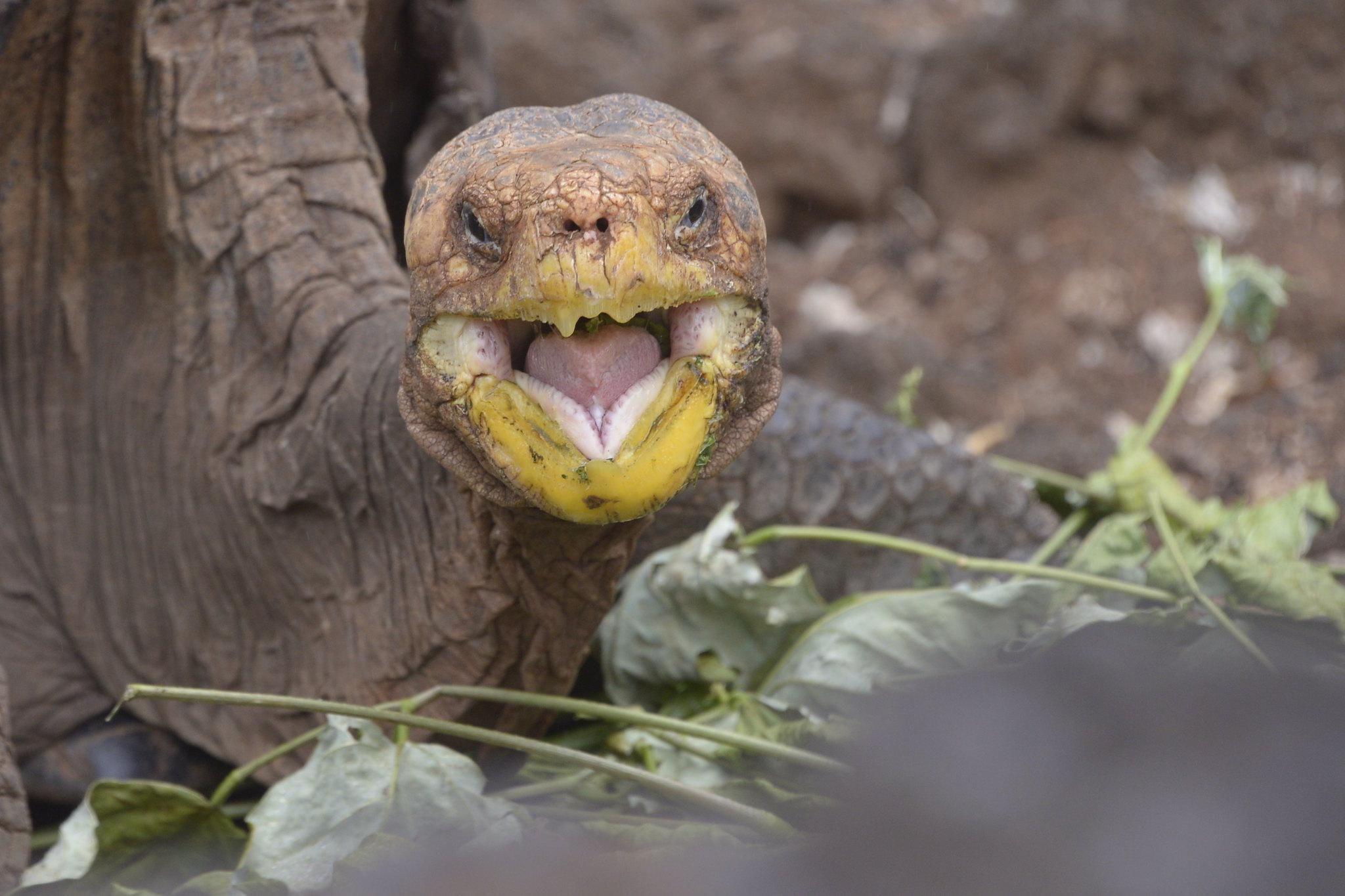What would have happened if Diego the sex-mad tortoise hadn’t been so lustful
Diego’s species is still hugely reduced in number, and others like his have died out

Your support helps us to tell the story
From reproductive rights to climate change to Big Tech, The Independent is on the ground when the story is developing. Whether it's investigating the financials of Elon Musk's pro-Trump PAC or producing our latest documentary, 'The A Word', which shines a light on the American women fighting for reproductive rights, we know how important it is to parse out the facts from the messaging.
At such a critical moment in US history, we need reporters on the ground. Your donation allows us to keep sending journalists to speak to both sides of the story.
The Independent is trusted by Americans across the entire political spectrum. And unlike many other quality news outlets, we choose not to lock Americans out of our reporting and analysis with paywalls. We believe quality journalism should be available to everyone, paid for by those who can afford it.
Your support makes all the difference.It’s hard to become famous at 100, especially when you’re a tortoise. But Diego has done it – he’s now a legend for having had so much sex and fathered so many children that he brought his species back to life.
Diego the Tortoise, who lives in the Galapagos Islands, won the respect of the internet when it emerged that he fathered an estimated 800 children, which together make up a large part of his species, the Chelonoidis hoodensis.
But the fact that he needed to have so much sex at all – that he could produce offspring that made up such a huge proportion of his kind – is a depressing reminder of how challenged him and many of the other tortoises in the Galapagos are.
Before Diego managed to repopulate his species, there were only two males and 12 females on the island Espanola, which is the only place that they are found. Scientists worried there weren’t enough of them in such a large space to be able to reproduce, but Diego has managed to have another offspring from his breeding centre on Santa Cruz Island – via San Diego Zoo, where he lived before – to repopulate his species.
But that repopulation only needed doing to preserve any of that species at all. If it hadn’t happened, the species would have died out – Diego has been leaving in the breeding programme precisely because his fellow Chelonoidis hoodensis weren’t especially into having kids.
And that wouldn’t have been rare. Of the 15 species that are known to have lived on the islands, three have gone completely and others are facing extinction.
When they die off, the fault for letting that happen is often laid at the slow feet of other tortoises, not as sex-crazed as Diego. The Chelonoidis abingdoni died off in 2012 when its last known survivor died at over 100 – known as Lonesome George, he lived in captivity and refused to breed, leaving himself as the last of his kind.
And even after Diego’s antics, his species isn’t so strong. There’s 2,000 of them now – 40 per cent of which are related to Diego – and they’re no longer facing extinction, but historical records show that the island was once home to more than 5,000 of the tortoises; the population is growing, but from a very small base.
Join our commenting forum
Join thought-provoking conversations, follow other Independent readers and see their replies
Comments